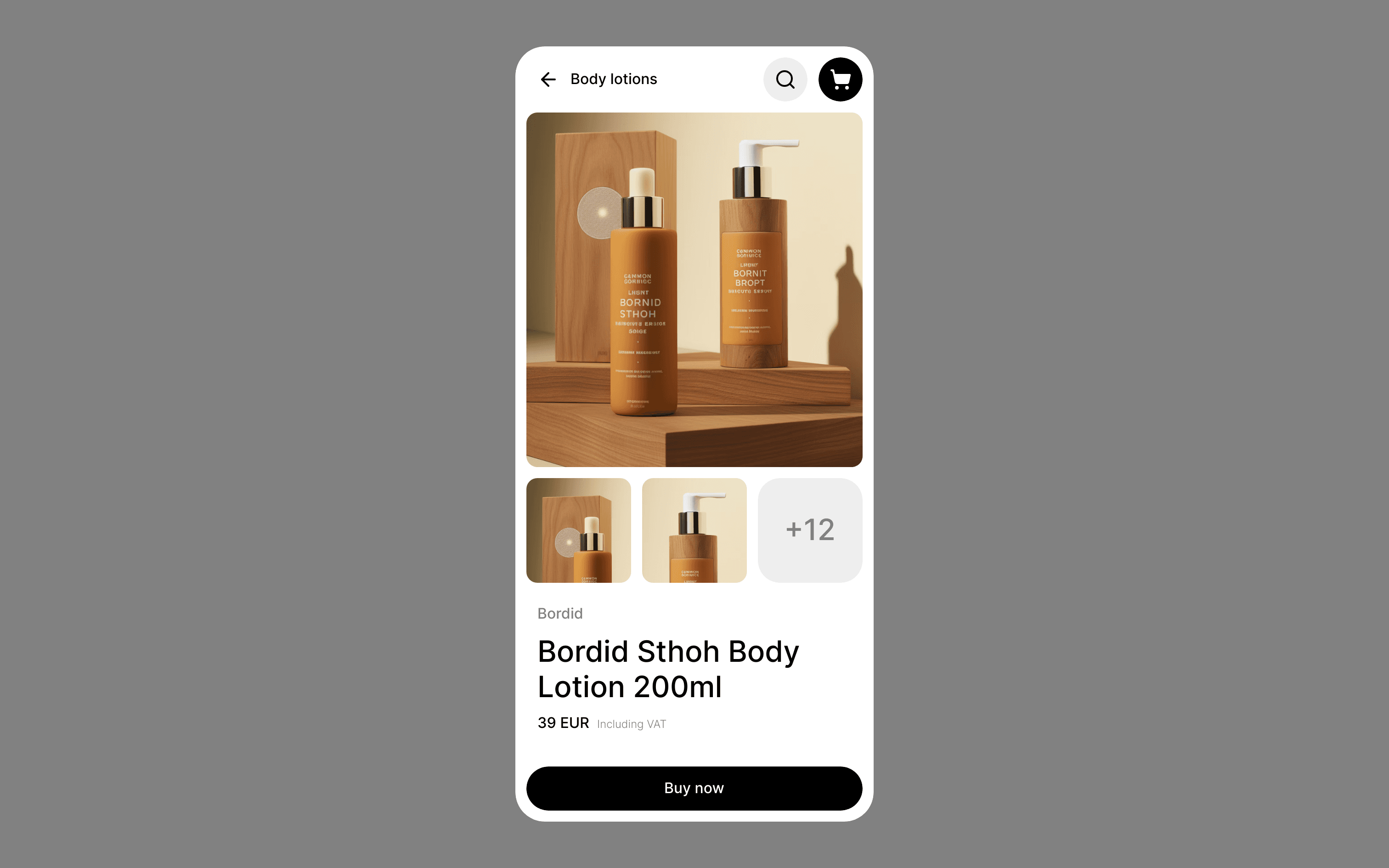Build Design Systems With Penpot Components
Penpot's new component system for building scalable design systems, emphasizing designer-developer collaboration.

uxdesign.cc – User Experience Design — Medium | Craig Phillips

A few weeks back news about this new app, tbh, was blowing up on Product Hunt. The first response was endless props by the PH community. That’s fine. I had reservations about the concept, but I’m only one person.
Then, news dropped this week that Facebook was acquiring tbh. That’s right, the app launched on August 3rd, opened only to a sliver of the population, and then gets bought by Facebook.
(Links and links and links if you wanna read more on it)
I’ll make it quick, since there’s not too much info to go off of. In the press release about the acquisition, the makers write they…
“…wanted to create a community that made us feel happier and more confident about ourselves. We felt that people craved genuine and positive interactions in their online experiences.”
I’m 100% in favor of positive interactions. Yay for positivity in the sea of endless hate that is the internet!
The app is a way to anonymously answer positive questions about friends at your school. Kinda like an endless stream of superlatives, all about you, straight to your brain.
This makes me a little queazy. It feeds the narcissistic how-much-does-everyone-love-me sad reality that kids are growing up in. It’s a gimmick that may cause real pain. But that’s another post all together.
John Necef wrote a nice piece on tbh’s strategy that led to 5m downloads in less than 2 months. Read it here, he says it better than I could.
Reading his piece highlighted even more the tension between what we hold true as UX designers, and how we hack growth. Strategy is crucial for UX, and growth is critical for product survival. But what role does UX play in leading strategy and keeping growth tactics in check?
John highlights these points below in his article (don’t forget to read it) about how tbh grew so big, so fast. I’ve added my take as a UX designer.
I’ll make it short and sweet and put these thoughts in big indented lines.
For people making products and the strategists that guide their movements:
There is an ethical line that should be always observed. Growth is not something to be achieved at any cost. Users are people, and people are fragile. Your product will impact their lives. If it goes big, make sure you’re not short sighted and seeking a popular app and big money. Do the right thing.
For designers, especially of the ux variety:
We’re well positioned to lead the way in keeping ethics in our design principles. It’s on us to advocate for users against any questionable growth tactics. Ask all the questions you can muster, and push your teams as far as you can. Go in a direction that seeks the best for people using your products. This is why our profession exists.
Also, understand that ux for the generation that is using tbh is very different from the ux we understand as old people (ie anyone over 23). All ux best practices are not evergreen. Everyone says they know this. Seeing the rapid growth of tbh, the growth tactics above might not detract from a high schoolers experience of a product.
But just because it’s happening doesn’t make it ok.
Thanks for reading. I really appreciate you making it to the end. I wrote it to start a conversation with you all on Medium. Hopefully you will love or hate some of what’s in here, and let me know about it.
Gratitude for any claps and shares.
UX, growth, and kids these days was originally published in uxdesign.cc on Medium, where people are continuing the conversation by highlighting and responding to this story.
AI-driven updates, curated by humans and hand-edited for the Prototypr community